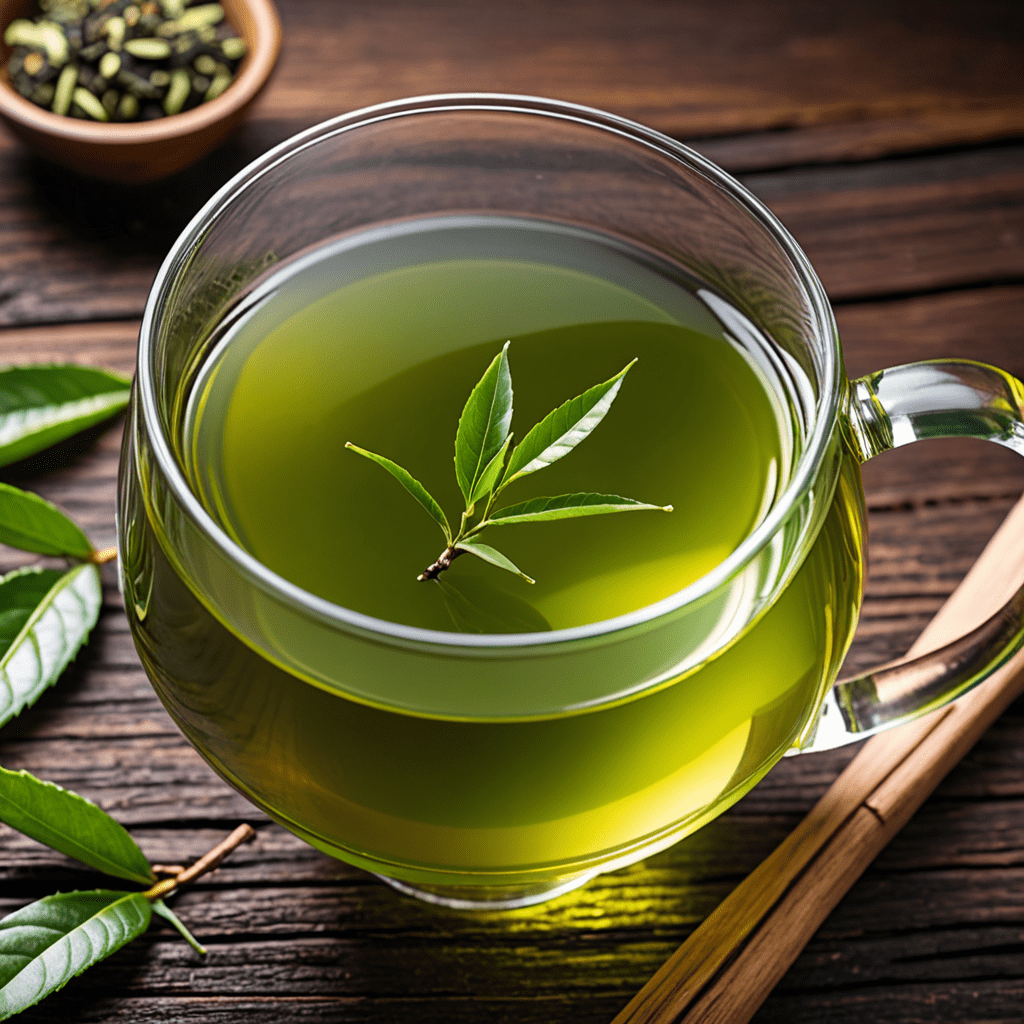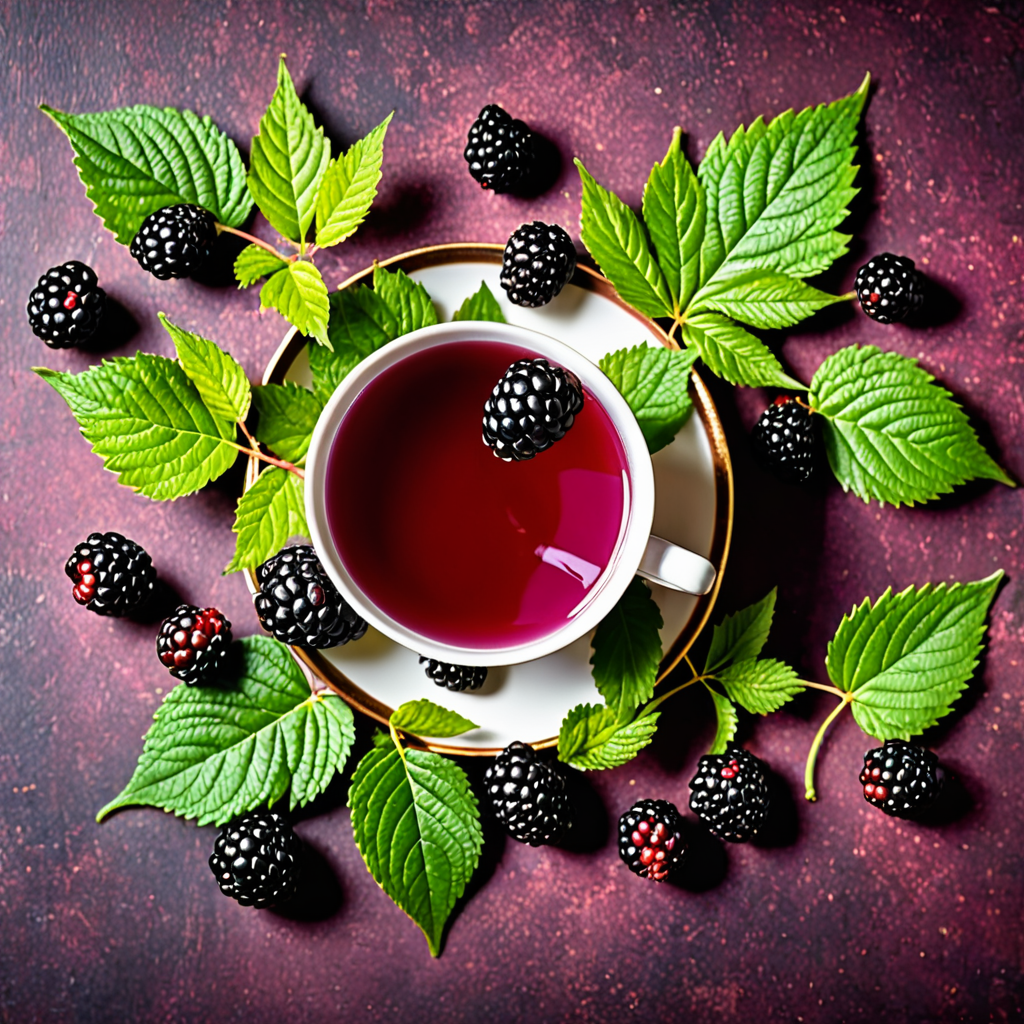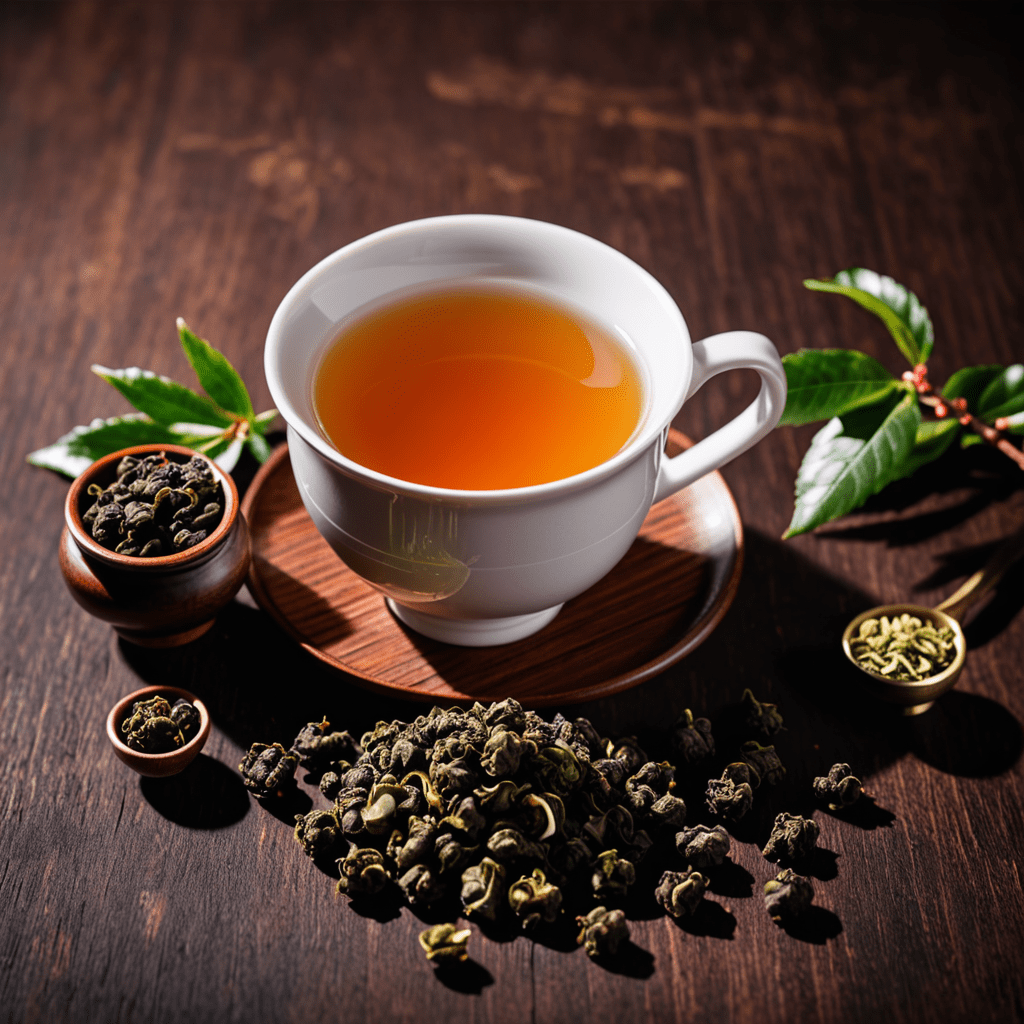Exploring the Wonderful Varieties of Green Tea
Introduction to Green Tea
Green tea is a beloved beverage around the world, known for its numerous health benefits and refreshing taste. With origins in China, it has spread to many cultures and is now available in various types and flavors. Each type offers unique characteristics and benefits, making green tea a truly diverse and versatile option for tea enthusiasts.
Popular Varieties of Green Tea
There are several popular types of green tea that people commonly enjoy. Each type has its own distinct flavor profile and brewing method, making it essential to understand the differences between them.
Sencha
Sourced from Japan, Sencha is the most common type of green tea and is known for its grassy, slightly sweet flavor. It undergoes minimal processing, preserving its vibrant green color and delicate taste. The tea leaves are steamed and rolled, resulting in a crisp, refreshing brew.
Matcha
Matcha is a powdered green tea that is stone-ground from tencha leaves. It is the star of traditional Japanese tea ceremonies and is prized for its rich, full-bodied flavor. Matcha is also revered for its high antioxidant content and is enjoyed not only as a beverage but also as an ingredient in various culinary creations.
Genmaicha
Genmaicha, or “brown rice tea,” is a unique Japanese green tea that combines steamed rice kernels with sencha or bancha tea leaves. The roasted rice imparts a nutty, toasty flavor to the brew, creating a delightful and comforting cup of tea. Genmaicha is often enjoyed as a soothing and aromatic option.
Gyokuro
Gyokuro is a prized and shaded green tea from Japan, renowned for its sweet, umami flavor and vibrant green liquor. The tea bushes used for Gyokuro are sheltered from direct sunlight for several weeks before harvesting, resulting in leaves that are high in theanine and low in catechins, which gives Gyokuro its distinctive taste and aroma.
Dragon Well (Longjing)
Originating from China, Dragon Well is known for its flat, sword-shaped leaves and distinct chestnutty flavor with hints of sweet grass. This iconic green tea is pan-fired, giving it a toasty, mellow character, and is highly respected for its smooth and refreshing taste.
Bancha
Bancha is a traditional Japanese green tea made from the older, larger leaves of the tea plant. It has a robust flavor with lower caffeine content, making it a popular choice for those seeking a milder green tea option. With its earthy and slightly woody notes, Bancha is a comforting and accessible tea for everyday enjoyment.
FAQ: Common Questions about Green Tea
As green tea continues to gain popularity, it’s common for enthusiasts to have questions about the beverage. Here are a few frequently asked questions about green tea:
Is green tea a healthy beverage?
Yes, green tea is widely celebrated for its health benefits. It is rich in antioxidants and has been linked to a variety of potential benefits, including improved brain function, fat loss, and a reduced risk of certain types of cancer.
What is the best way to brew green tea?
The ideal brewing method can vary depending on the type of green tea. In general, green tea should be brewed with water that is around 175°F (80°C) to avoid bitterness. Steeping times can also vary, but a common range is between 1-3 minutes. It’s essential to follow specific brewing instructions for the type of green tea being used to achieve the best flavor.
Does green tea contain caffeine?
Yes, green tea naturally contains caffeine, although generally less than coffee. The caffeine content can vary depending on factors such as the type of green tea and how it is brewed. For those looking to reduce caffeine intake, there are decaffeinated green tea options available.
Can green tea help with weight loss?
While green tea is often touted for its potential to aid in weight loss, it’s crucial to approach this claim with caution. Green tea may have a modest impact on metabolism and fat burning, but it’s unlikely to produce significant weight loss results on its own. A balanced diet and regular exercise remain essential for managing weight.
Are there any potential side effects of drinking green tea?
Green tea is generally safe for most people when consumed in moderation. However, excessive intake of green tea or green tea supplements may lead to potential side effects due to its caffeine and catechin content. These side effects can include digestive issues, caffeine-related symptoms, and interactions with certain medications. It’s always advisable to consume green tea in moderation and seek medical advice if there are any concerns about potential interactions with existing health conditions or medications.
What are the storage recommendations for green tea?
To maintain the freshness and flavor of green tea, it’s crucial to store it properly. Green tea should be kept in a cool, dark place away from strong odors and moisture. It is best to store green tea in airtight containers to prevent exposure to air, light, and humidity. When stored correctly, green tea can maintain its quality for an extended period.
How does the flavor of green tea vary based on its origin?
Green tea flavor profiles can vary significantly based on factors such as growing conditions, processing methods, and regional characteristics. For example, Japanese green teas often showcase vegetal and grassy notes, while Chinese green teas can offer a wider range of flavors, from nutty and toasty to floral and sweet. Exploring green teas from different origins can provide a diverse and enriching tasting experience.


